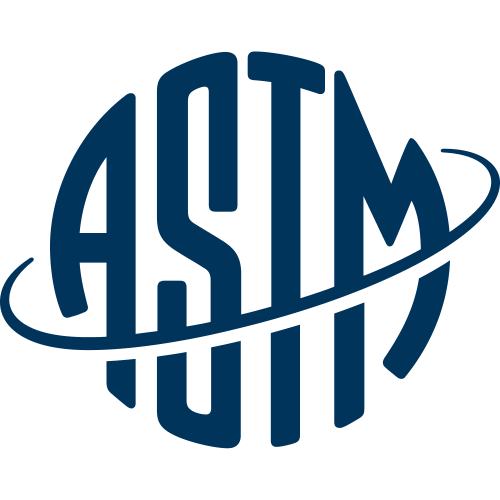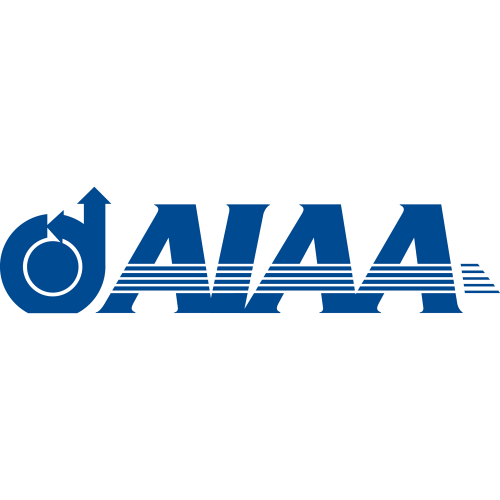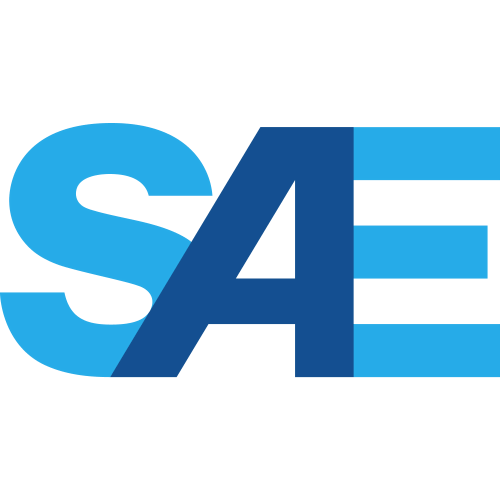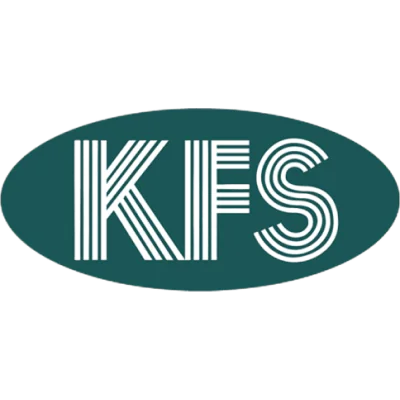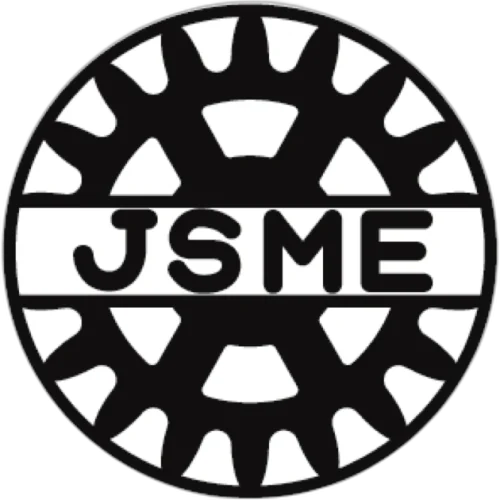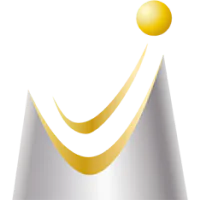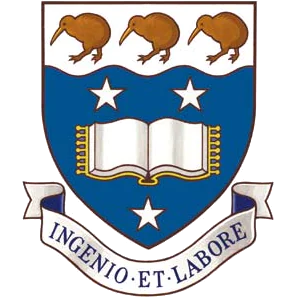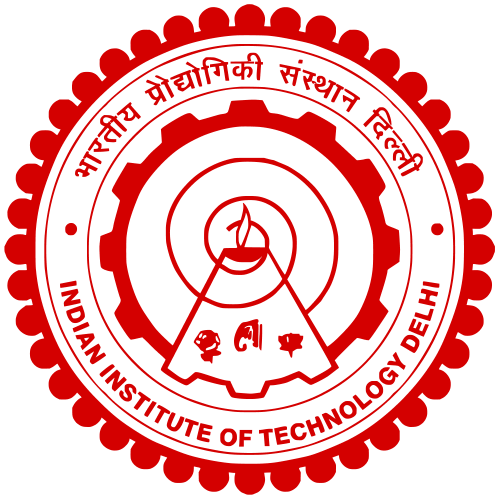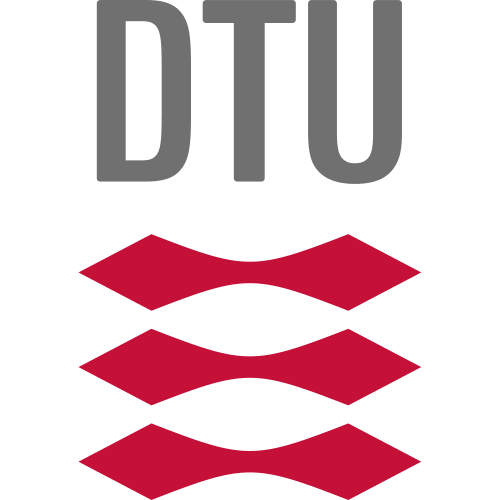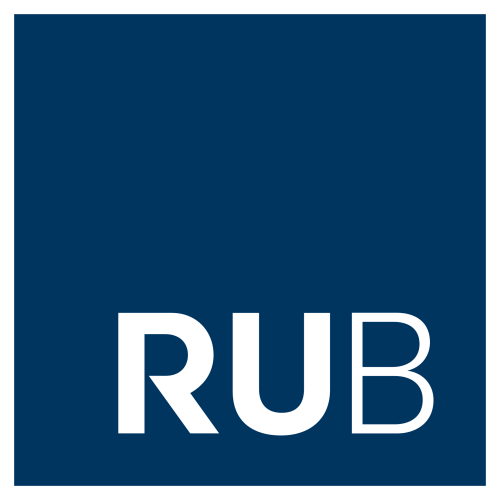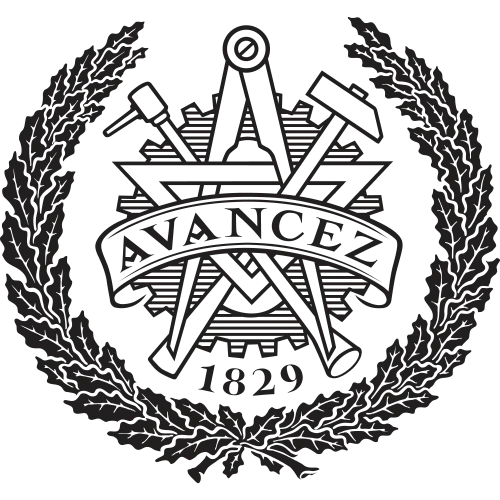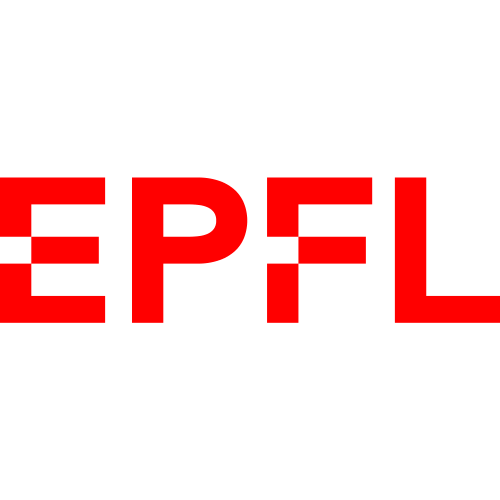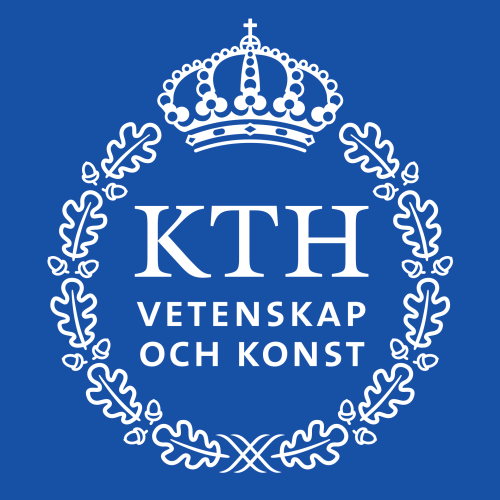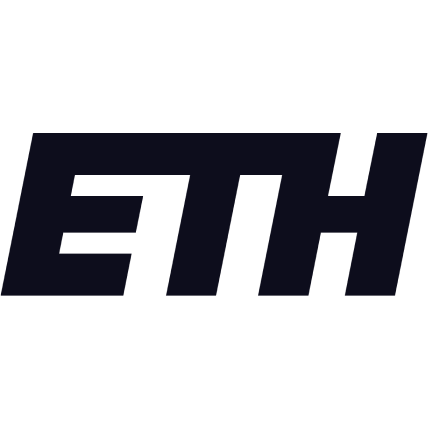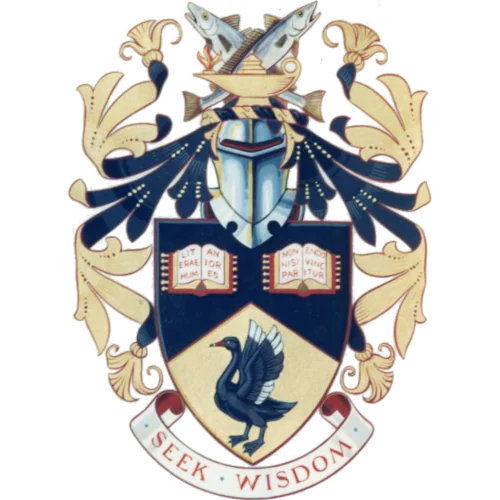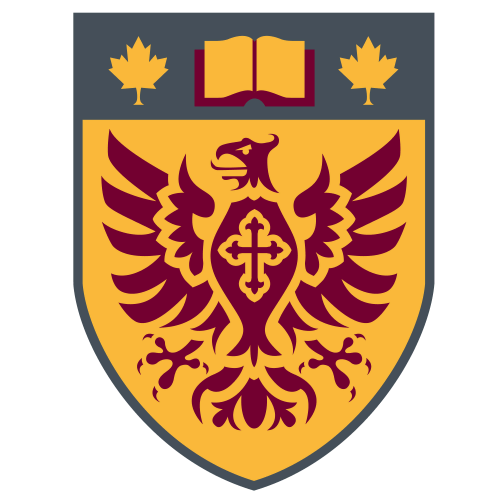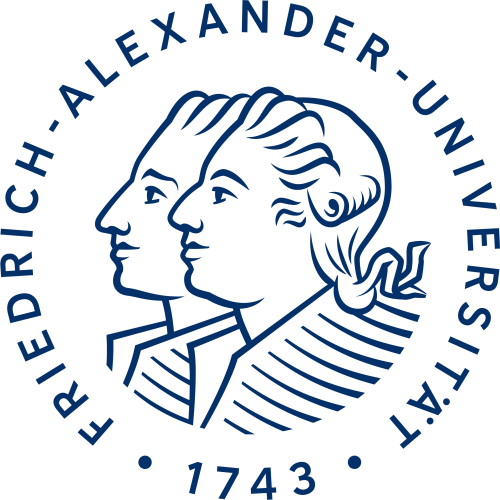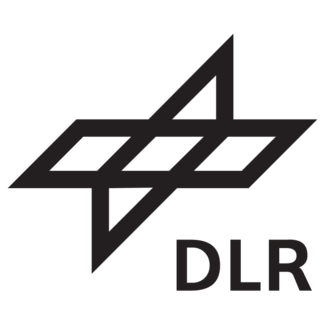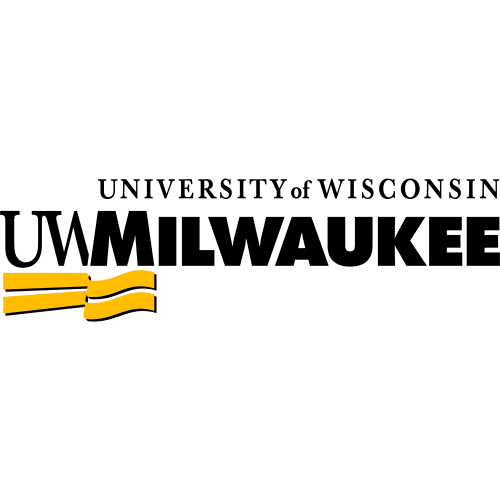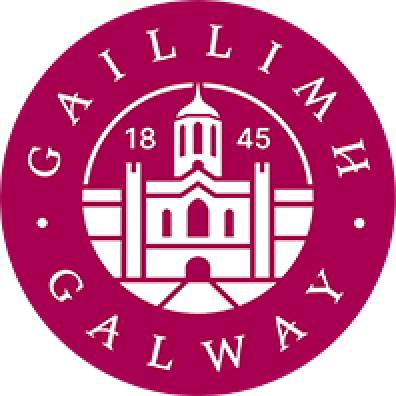Are you a researcher?
Create a profile to get free access to personal recommendations for colleagues and new articles.
journal names
Composite Materials Series
Top-3 citing journals
Top-3 organizations
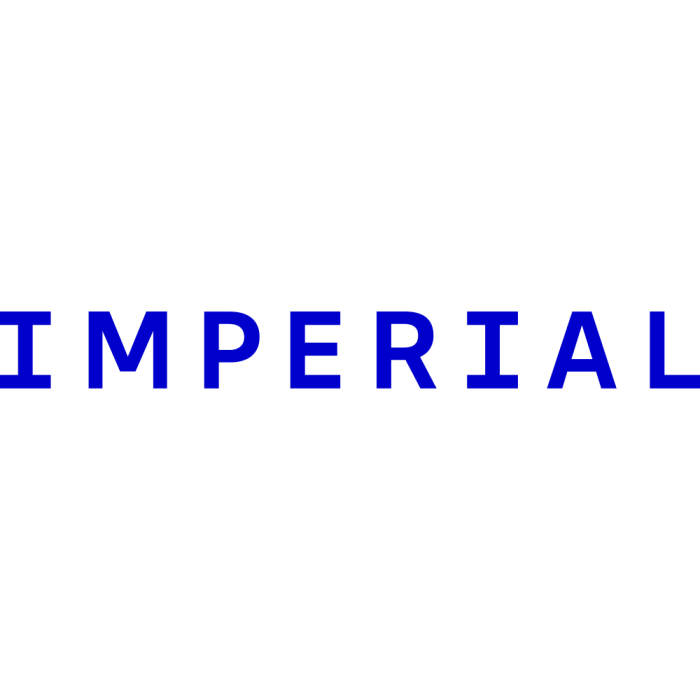
Imperial College London
(4 publications)
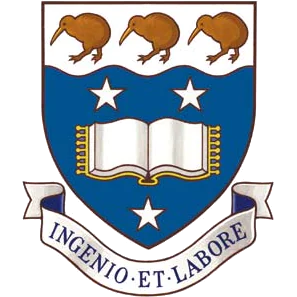
University of Auckland
(4 publications)
Most cited in 5 years
Found
Nothing found, try to update filter.
Found
Nothing found, try to update filter.
Top-100
Citing journals
Citing publishers
Publishing organizations
Publishing countries
|
2
4
6
8
10
12
14
16
18
|
|
|
USA
|
USA, 18, 13.33%
USA
18 publications, 13.33%
|
|
Russia
|
Russia, 11, 8.15%
Russia
11 publications, 8.15%
|
|
Germany
|
Germany, 8, 5.93%
Germany
8 publications, 5.93%
|
|
United Kingdom
|
United Kingdom, 8, 5.93%
United Kingdom
8 publications, 5.93%
|
|
Japan
|
Japan, 6, 4.44%
Japan
6 publications, 4.44%
|
|
New Zealand
|
New Zealand, 5, 3.7%
New Zealand
5 publications, 3.7%
|
|
Sweden
|
Sweden, 3, 2.22%
Sweden
3 publications, 2.22%
|
|
France
|
France, 2, 1.48%
France
2 publications, 1.48%
|
|
Australia
|
Australia, 2, 1.48%
Australia
2 publications, 1.48%
|
|
Denmark
|
Denmark, 2, 1.48%
Denmark
2 publications, 1.48%
|
|
Israel
|
Israel, 2, 1.48%
Israel
2 publications, 1.48%
|
|
India
|
India, 2, 1.48%
India
2 publications, 1.48%
|
|
Ireland
|
Ireland, 2, 1.48%
Ireland
2 publications, 1.48%
|
|
Switzerland
|
Switzerland, 2, 1.48%
Switzerland
2 publications, 1.48%
|
|
China
|
China, 1, 0.74%
China
1 publication, 0.74%
|
|
Hungary
|
Hungary, 1, 0.74%
Hungary
1 publication, 0.74%
|
|
Canada
|
Canada, 1, 0.74%
Canada
1 publication, 0.74%
|
|
Singapore
|
Singapore, 1, 0.74%
Singapore
1 publication, 0.74%
|
|
South Africa
|
South Africa, 1, 0.74%
South Africa
1 publication, 0.74%
|
|
2
4
6
8
10
12
14
16
18
|













